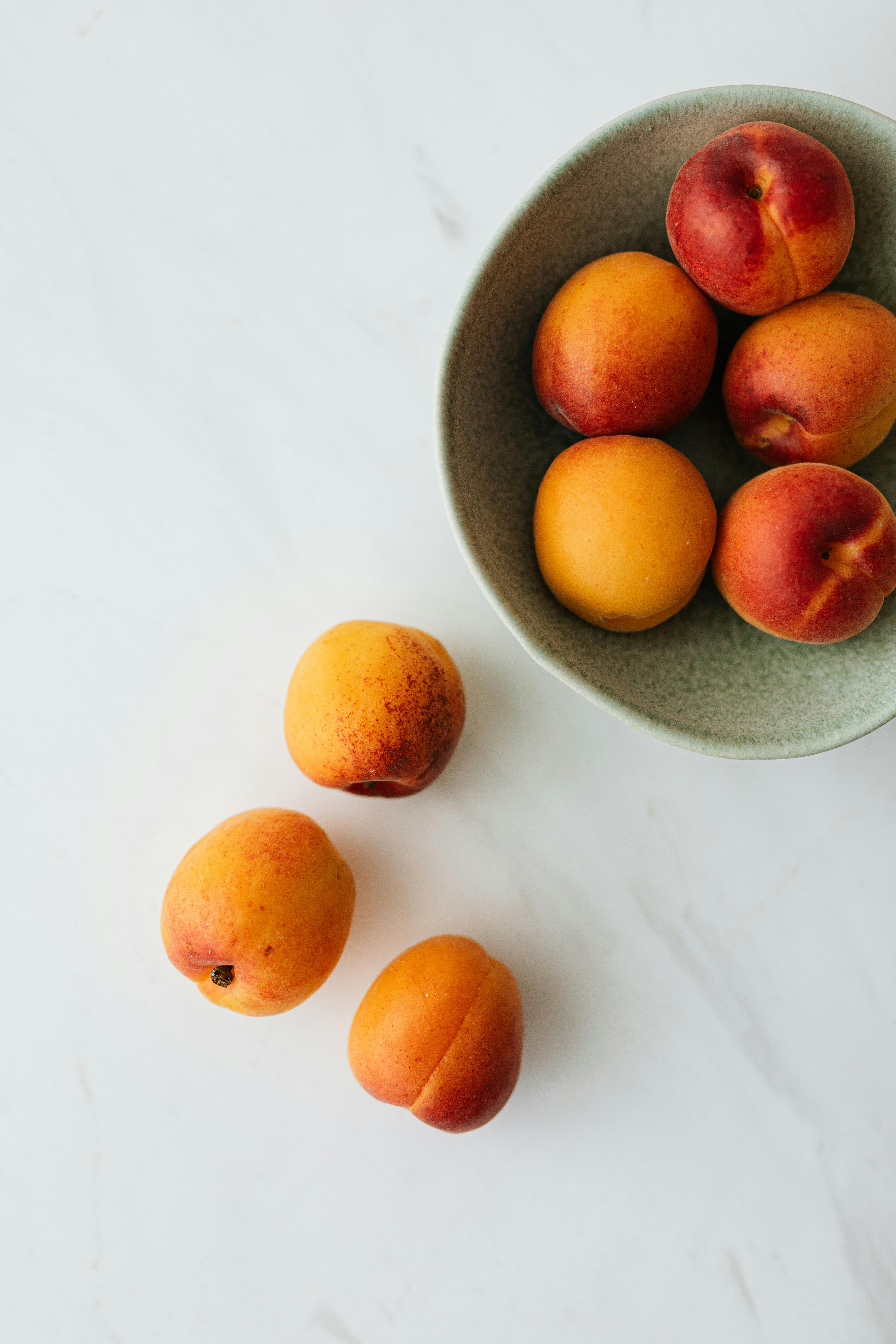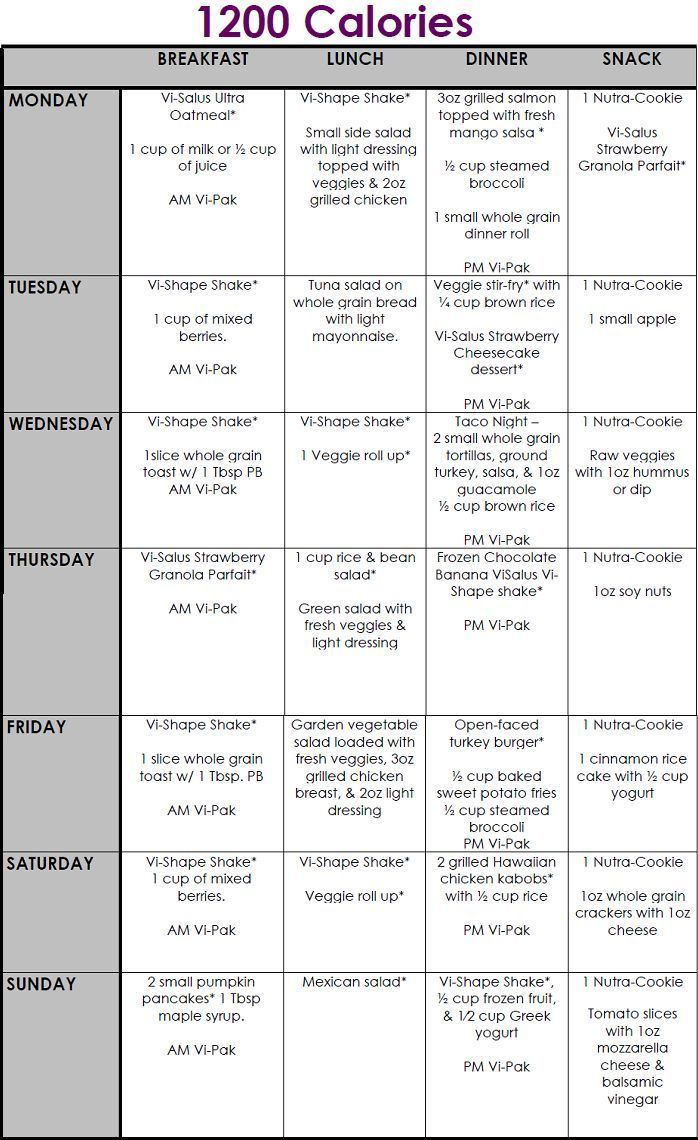Effective Ways to Utilize the FODMAP Diet for Improved Digestive Health in 2025
The FODMAP diet has become a cornerstone for those struggling with digestive health issues, particularly for individuals diagnosed with irritable bowel syndrome (IBS). As we move into 2025, understanding and utilizing this diet effectively can significantly enhance gut health and overall well-being. The acronym FODMAP stands for fermentable oligosaccharides, disaccharides, monosaccharides, and polyols—types of carbohydrates that can trigger digestive distress in sensitive individuals. This article will delve deep into the various components of the FODMAP diet, explore effective ways to implement it, and provide practical tips for managing FODMAP intolerance.
Many individuals have found remarkable relief through the low FODMAP diet, allowing them to enjoy a variety of foods while minimizing discomfort. We will cover everything from creating a comprehensive FODMAP meal plan to understanding the phases of elimination and reintroduction. Readers can expect a roadmap of actionable tips, delicious low FODMAP recipes, and guidance on navigating social situations while adhering to dietary restrictions.
Key takeaways include an in-depth understanding of high versus low FODMAP foods, the importance of personalized dietary approaches, and fresh recipes that cater to those with specific digestive sensitivities. Join us as we outline an effective pathway to utilizing the FODMAP diet for improved digestive health in 2025.
Understanding the Basics of the FODMAP Diet
Before diving into practical applications, it's critical to understand what exactly the FODMAP diet entails. This diet is designed to help those with FODMAP intolerance by reducing foods that can lead to digestive discomfort. Essentially, the aim is to minimize the intake of fermentable carbohydrates that are poorly absorbed in the small intestine, thus reducing symptoms associated with IBS and other gastrointestinal conditions.
What Are FODMAPs?
FODMAPs are a group of short-chain carbohydrates that are known for their ability to cause bloating, gas, and abdominal pain in sensitive individuals. This includes fermentable oligosaccharides like wheat and onions, disaccharides like lactose found in dairy products, monosaccharides like excess fructose in certain fruits, and polyols found in artificial sweeteners. Understanding the components and sources of FODMAPs is essential for anyone embarking on a low FODMAP diet journey.
Benefits of the Low FODMAP Diet
One of the main advantages of adopting the low FODMAP diet is the potential for significant symptom relief. Research has shown that many individuals experience a reduction in bloating, irregular bowel movements, and abdominal pain after eliminating high FODMAP foods from their diets. Furthermore, the diet has been linked to improved quality of life, reduced gastrointestinal distress, and more manageable IBS symptoms.
Phases of the FODMAP Diet
The FODMAP diet is structured in three distinct phases: elimination, reintroduction, and personalization. Initially, in the elimination phase, high FODMAP foods are removed for 4-6 weeks. Following this, the reintroduction phase involves systematically adding foods back into the diet to identify specific triggers. Finally, the personalization phase allows individuals to create a balanced diet tailored to their unique tolerances, ensuring that they consume a variety of foods while avoiding those that exacerbate symptoms.
With this foundational knowledge established, we can explore how to implement the low FODMAP diet effectively through meal planning and recipe curation.
Creating a Comprehensive FODMAP Meal Plan
Building a successful FODMAP meal plan involves understanding food choices that support gut health while also being enjoyable. By focusing on low FODMAP foods, individuals can craft meals that avoid digestive distress and promote overall wellness.
Identifying Low FODMAP Foods
The first step in meal planning is recognizing which foods are low FODMAP. This includes a variety of fruits like bananas, strawberries, and citrus, vegetables such as carrots, spinach, and potatoes, and proteins like chicken, tofu, and fish. Incorporating whole grains like oats and quinoa, while avoiding high FODMAP ingredients like garlic and certain legumes, is crucial for successful meal prep and cooking.
Utilizing FODMAP Resources
Leverage available resources such as the FODMAP app or a comprehensive FODMAP food list. This will aid in identifying low and high FODMAP foods quickly and efficiently while grocery shopping. Additionally, consulting with a certified dietitian who specializes in FODMAP diets can enhance your understanding and adherence to this dietary approach.
Meal Prep Tips for Success
Meal prepping is another effective strategy for maintaining a low FODMAP lifestyle. Preparing meals in advance reduces the temptation to default to high FODMAP options when you're hungry. Focus on batch cooking low FODMAP meals using freezer-friendly ingredients, and consider creating sauces or dressings that are FODMAP-safe to enhance flavor without suffering the consequences later.
By incorporating these strategies into your routine, you'll be well on your way to managing your digestive health through the FODMAP diet.

Delicious Low FODMAP Recipes to Try
No meal plan is complete without delicious recipes! Eating low FODMAP doesn’t mean sacrificing taste. In fact, there are a plethora of creative, satisfying recipes tailored for your dietary needs. Here are some ideas for breakfast, lunch, dinner, and snacks that are both exciting and FODMAP-compliant.
Breakfast Options
Starting your day with a low FODMAP breakfast can set a positive tone for the rest of your meals. Consider making overnight oats with lactose-free yogurt, almond milk, and strawberries. Alternatively, a smoothie with spinach, banana, and low FODMAP-certified protein powder can offer a reflux-friendly option while keeping you nourished.
Lunch and Dinner Inspirations
For lunch, try a quinoa salad tossed with cherry tomatoes, cucumbers, spinach, and a homemade FODMAP-safe dressing. For dinner, grilled chicken served with a side of roasted carrots and potatoes is simple yet flavorful. Remember to explore low FODMAP dinner options for more ideas tailored to your tastes.
Low FODMAP Snacks and Desserts
Snacking wisely on the low FODMAP diet is vital. Look for pre-packed low FODMAP snacks, such as rice cakes topped with lactose-free cream cheese or carrots with FODMAP-friendly dips. For dessert, you could indulge in homemade dark chocolate brownies using almond flour or prepare a fruit salad with low FODMAP fruits like kiwi and blueberries for a refreshing treat.
These recipes make it easy to enjoy a flavorful, satisfying meal while adhering to your FODMAP dietary restrictions.

Navigating Social Situations on a Low FODMAP Diet
For many, sticking to dietary restrictions in social settings can be a challenge. However, with a little preparation, you can enjoy gatherings without feeling left out or distressed.
Communicating Dietary Needs
When attending events or dining out, being open about your dietary restrictions can alleviate an immense amount of stress. Communicate with hosts or restaurant staff about your FODMAP dietary needs, and don't hesitate to ask about ingredient sourcing or food preparation methods.
Choosing FODMAP-Friendly Restaurants
Finding FODMAP-aware restaurants can dramatically enhance your dining experiences. It's beneficial to search for locations that offer menu items with fresh, whole ingredients and flexibility with modifications. Many online resources can help locate FODMAP-friendly options in your area, allowing you to enjoy social settings without worry.
FODMAP-Compatible Party Snacks
When attending parties, consider carrying your own low FODMAP snacks to ensure you have safe food options. Additionally, you could bring a dish to share that fits your diet, informing others that it's suitable for anyone. These steps will reduce feelings of anxiety surrounding food choices and encourage inclusivity.
By taking proactive measures in social scenarios, you can navigate gatherings while maintaining your commitment to the low FODMAP lifestyle.
Support and Resources for FODMAP Adherence
Adhering to the low FODMAP diet can be daunting, but support and knowledge resources are abundant. Many individuals find community groups and online forums beneficial for shared experiences and tips.
Joining FODMAP Support Groups
Connecting with others who share similar dietary restrictions often provides comfort. Active FODMAP support groups can be found on social media platforms, offering a chance to exchange advice, recipes, and encouragement. Engaging in these communities can also help individuals improve adherence to their low FODMAP goals.
Utilizing FODMAP Apps
There are numerous apps designed to simplify FODMAP living. These apps often provide food lists, recipe ideas, and personalized recommendations based on your dietary needs. Utilizing a FODMAP app can significantly enhance your understanding and day-to-day management of your diet.
Consulting with Professionals
For those needing personalized guidance, working with a certified dietitian experienced in FODMAP diets can be incredibly beneficial. These professionals can assist in tailoring meal plans, identifying specific triggers, and ensuring nutritional adequacy while you navigate this dietary path. They can also help achieve long-term success with the FODMAP lifestyle.
Frequently Asked Questions about the FODMAP Diet
What are common FODMAP symptoms?
Common symptoms of FODMAP intolerance include bloating, gas, abdominal pain, diarrhea or constipation, and overall gastrointestinal discomfort. Individuals may experience varied symptoms, underscoring the need for a personalized approach to the low FODMAP diet.
How long should I stay on the elimination phase?
Typically, the elimination phase lasts about 4-6 weeks. This timeframe allows the digestive system to reset and any existing symptoms to subside. After this period, carefully reintroducing high FODMAP foods can help identify specific intolerance triggers.
Can I eat out on a low FODMAP diet?
Yes, eating out is possible on a low FODMAP diet. Many restaurants offer customizable meals and are becoming more aware of dietary restrictions. Be sure to ask questions about ingredients and food preparation to choose safe options.
Are there any supplements recommended for FODMAP adherents?
Some individuals may benefit from taking digestive enzymes or probiotics to support gut health while on a low FODMAP regimen. However, it’s crucial to seek advice from a healthcare professional before starting any new supplement.
Is the FODMAP diet suitable for everyone?
The low FODMAP diet is primarily designed for individuals with IBS or other digestive issues. While it can benefit others by promoting gut health, it may not be necessary or appropriate for everyone. Consultation with a healthcare provider is recommended before making dietary changes.
